How To Renovate A 4-Room HDB Flat For A Family With Three Kids In Singapore
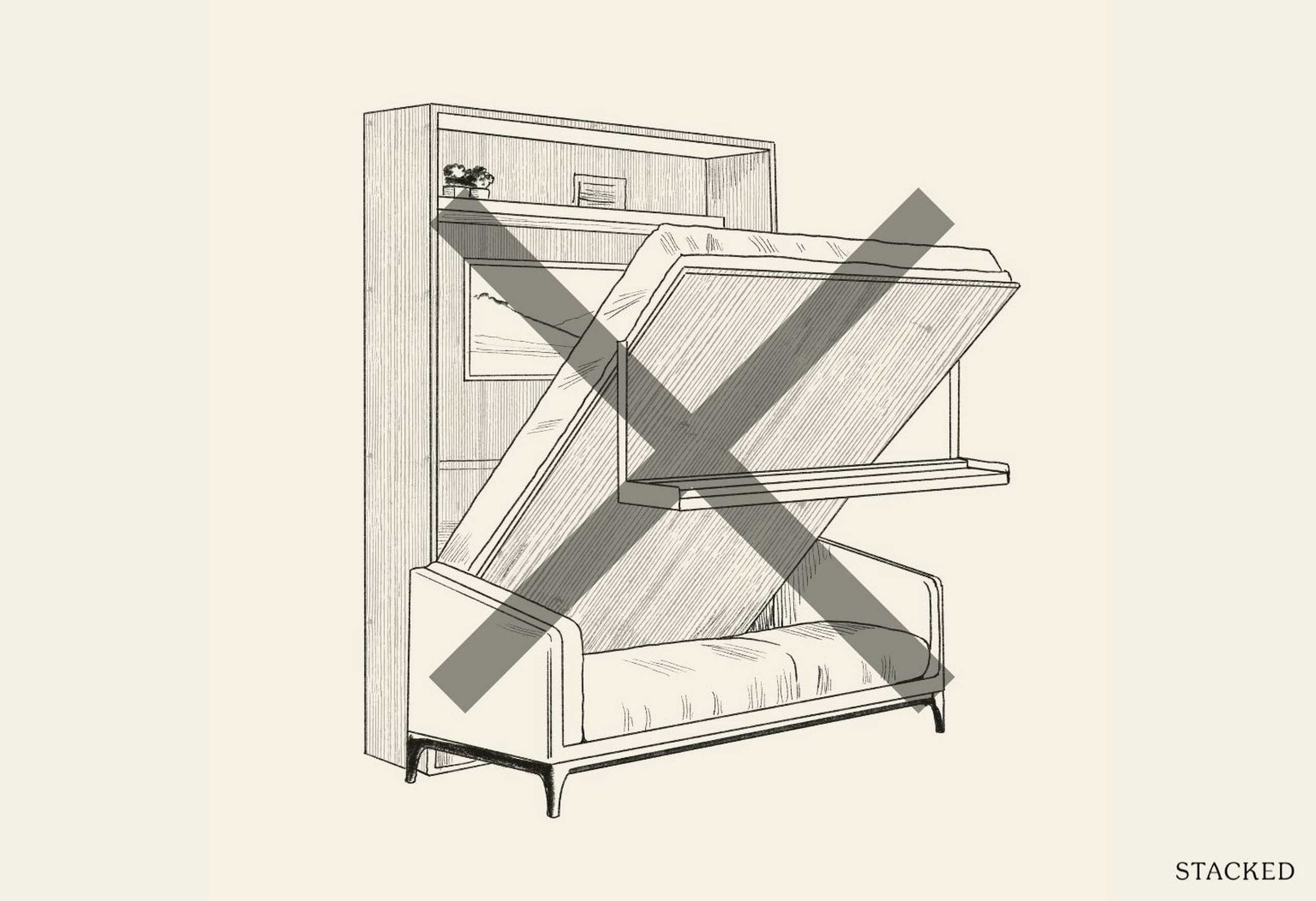
Get The Property Insights Serious Buyers Read First: Join 50,000+ readers who rely on our weekly breakdowns of Singapore’s property market.
A seasoned content strategist with over 17 years in the real estate and financial journalism sectors, Ryan has built a reputation for transforming complex industry jargon into accessible knowledge. With a track record of writing and editing for leading financial platforms and publications, Ryan's expertise has been recognised across various media outlets. His role as a former content editor for 99.co and a co-host for CNA 938's Open House programme underscores his commitment to providing valuable insights into the property market.
A few days ago, a reader pointed out an interesting conundrum: the renovations on various websites, for big families, tend to be for other countries. And for Singapore sites, the nicest reno features all tend to show a big condo or landed home. This week, we’re going to rectify that by pointing out practical renovations you could reasonably pull off in an HDB flat for a family (with a licensed designer/contractor of course):
1. If you have multiple children running around, consider fewer swing doors
Folding doors or sliding doors admittedly change the vibe of your home a bit; they may not have the same kind of weighty elegance. But you get two big bonuses from replacing them with folding/sliding counterparts: the first is that you maximise available space. Don’t believe us?
Swing the door of the children’s bedroom open and close, and see how much space it really takes up. We bet you’ll be surprised how many toy bins or baskets you can fit within the arc of the door.
The second benefit is safety. Swing doors risk slamming into faces, or crushing delicate fingers, when children are running in and out of a room in a hurry.
2. Depending on how the children are roomed, you might consider merging rooms
Investors will scream at us for this, so early warning: it’s preferable not to reduce the number of bedrooms, from a resale value standpoint. But as far as pure owner-occupancy goes, it sometimes makes sense.
If you have three children, and two are in one room while one is in the next room, you might consider merging both rooms. This creates a more flexible playroom/study setup. This can also mean more storage space, and room for a bigger shared wardrobe. Later on, if more privacy is desired, you can use sliding/folding doors or half-partitions (like waist-height low cupboards) to divide up the space.
A merged room may also provide the dimensions for certain types of furniture, like larger beds with storage underneath; or perhaps modular seating with storage.
3. Replace the TV with a projector
Projectors are of much higher qualities these days, and can run movies with much greater resolution.So consider if a big bulky TV is really needed, or if you just retain one out of traditional thinking.
You can save money and space by doing away with a TV feature wall, avoid a tangle of cables, the hassle of wall mounts, having to dust behind the screen, etc. Just leave a clear space on one wall for projector use. Or for the truly bold, skip the TV entirely, if everyone is content to just use a tablet. Besides, you might get lucky and the children might read more.
4. Maximise visibility
HDB kitchens are open concept by default, but if you have an older flat – or you can still open up the space further – it might be worth doing so. Safety is one of the reasons: you probably want a good line of sight on what the children are up to, while you’re working in the kitchen (and vice versa: you’ll want to watch when they enter the room with sharp knives and fire).
The other reason is that quite often, Singaporeans use the kitchen as more than a kitchen. It tends to also become the dining room, the homework room, the room where the children have tuition, etc. If that’s true for you, then you consider a more closely merged kitchen/dining space, which frees up more of the living room.
5. If you have toddlers or babies, just go with laminates
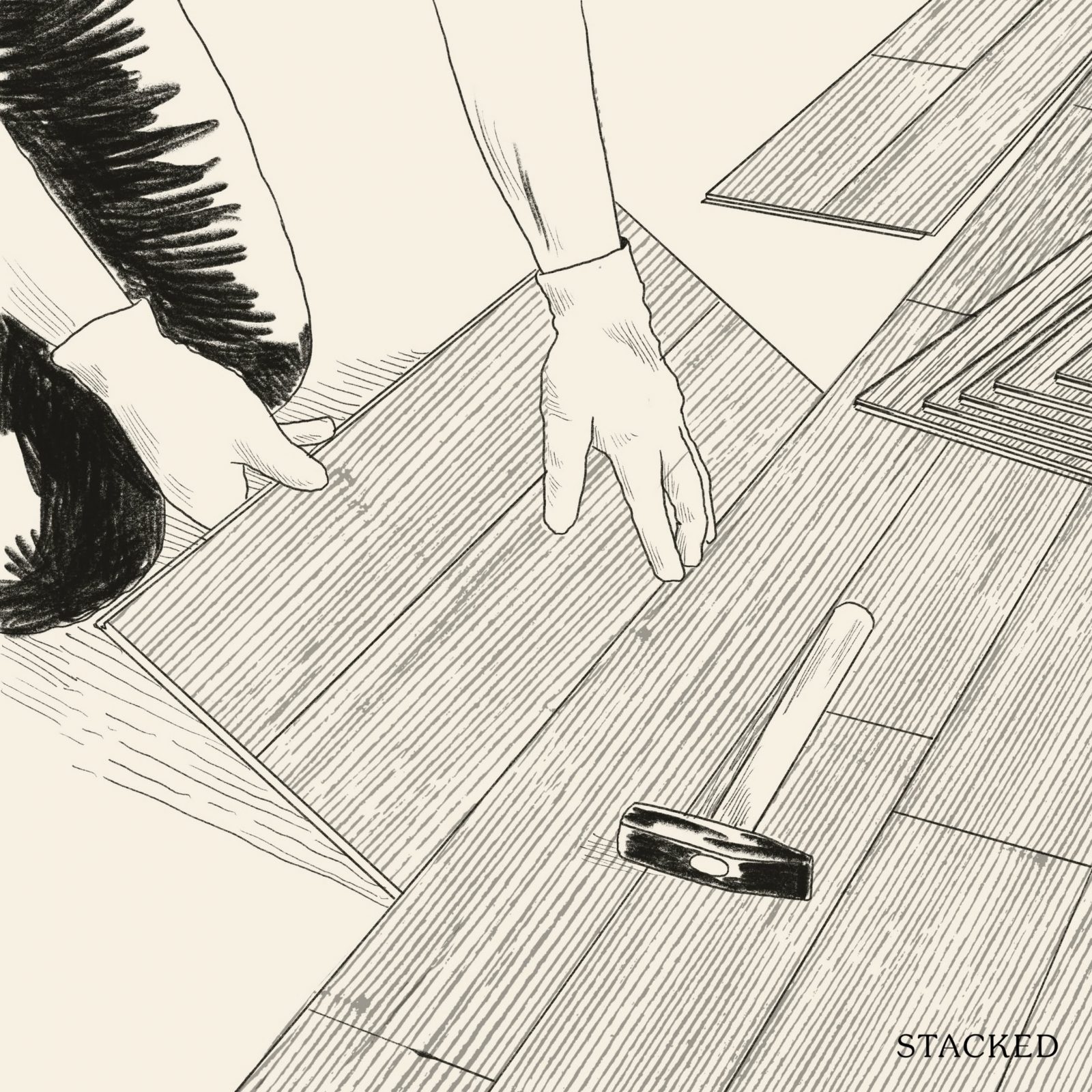
Take our word for this, and upgrade your flooring when they get older. This helps with the scuffing from baby gates, to other inevitable scratches (children tend to pick a spot they like, and run that toy car around it again and again, which will wear away a specific area).
Besides, laminates may be safer than hard flooring materials, which hurt more if they fall; and which trap less dirt in the gaps (the grouting between tiles is infamous for this).
Carpeting can go either way: it’s better for children who are still crawling, and it makes for safer tumbling around. You may not, however, enjoy having to clean out the carpet when milk spills on it, when there’s drool or vomit, etc.
Generally, pick laminates. They’re easy to clean, very durable, and are easy to replace when you’re ready.
6. Pick reno features and furniture with fewer moving parts
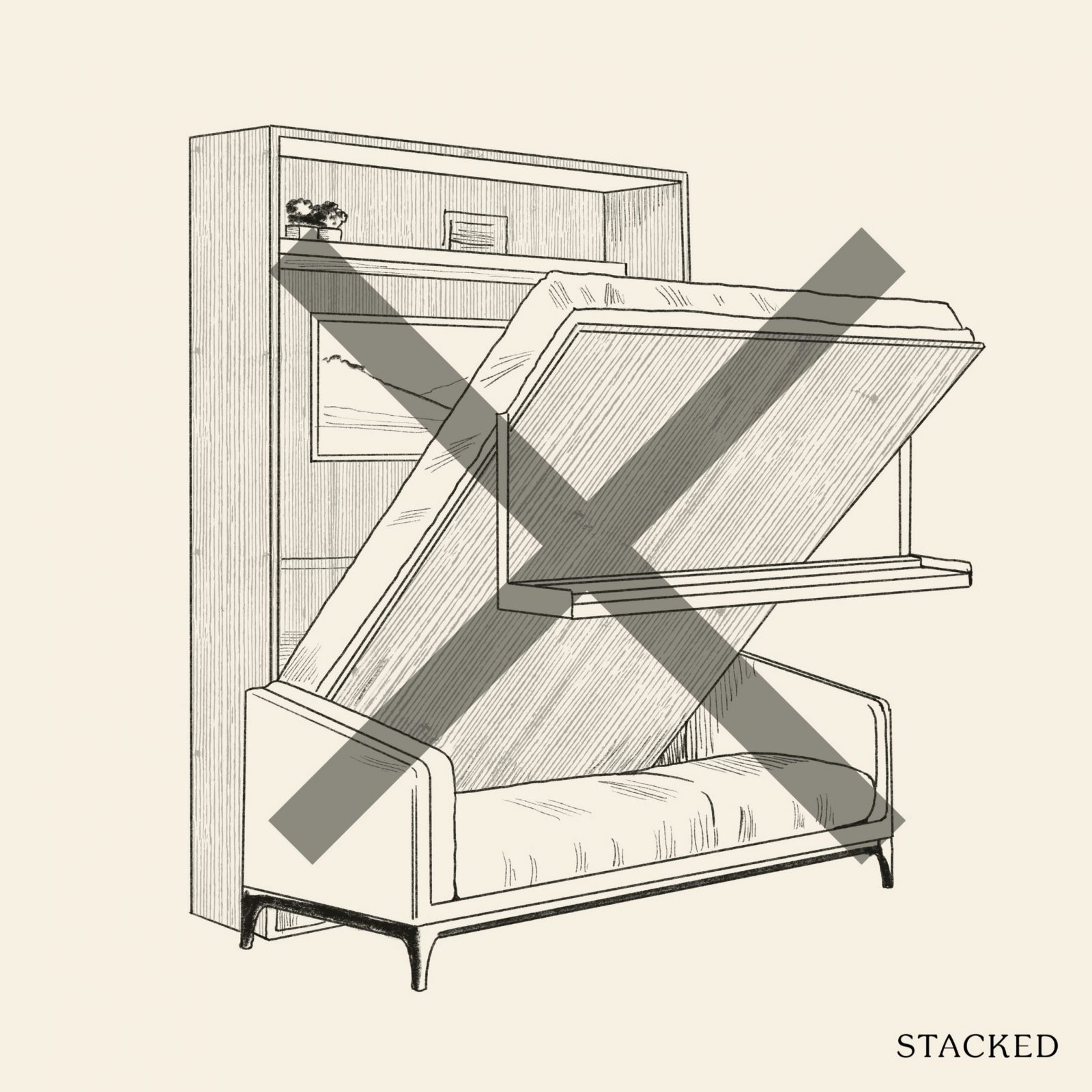
This is going to raise some arguments, especially over collapsible furniture, murphy beds, etc. But we’ll venture the opinion that as far as possible, you want things that don’t have many moving parts. Try to minimise the number of things that swing, pivot, or require you to wheel them about (e.g., movable kitchen islands) while you have multiple children living with you.
We understand the temptation of certain space-saving devices and features, like fold-out beds and such; but these items are at higher risk. Children aren’t always gentle or systematic in the way they pull and tug at them. There’s also a greater risk of injury, via trapped fingers, or someone trying to fold up the bed while their little brother is in it.
7. Install invisible grilles for the windows
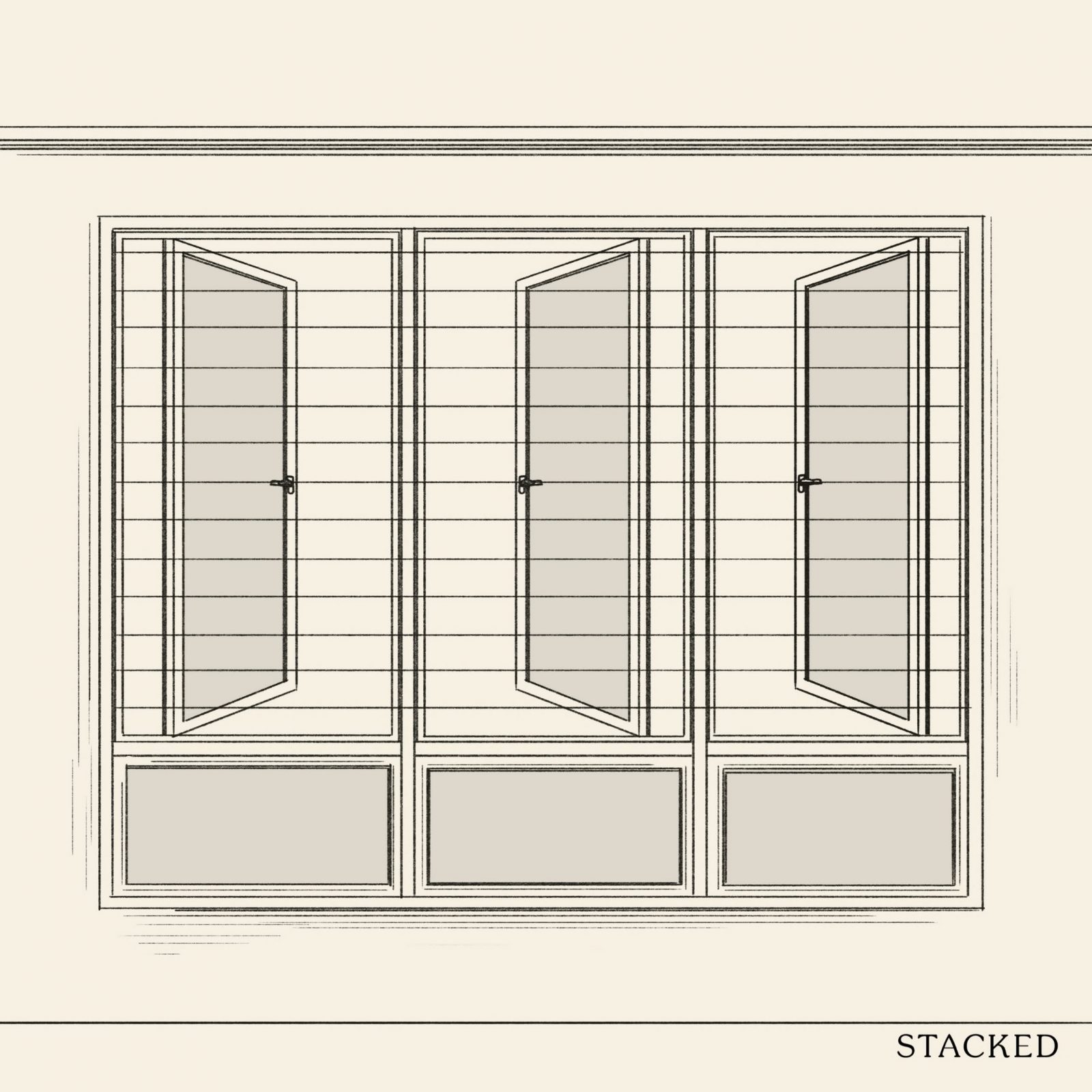
Invisible grilles are stainless steel cables, which don’t require you to mount big, ugly barriers on your windows. These blend into the background so they don’t block views, and they minimise the risks of anyone or anything falling out of the window. This is essential if you have toddlers or very curious children (or if you have climbing pets).
As an added bonus, these grilles will stop those crows from scavenging in your kitchen, if you live on higher floors.
8. Use soft-closing cabinet doors
Soft closing hinges slow the speed of shutting doors, which reduces the risk of children’s fingers getting caught. You can actually install these on your own if you have good handyman skills (you can buy the hinges at a DIY store), but otherwise just ask a contractor to do it for you.
Another side-benefit to these hinges is that you won’t have the ick factor of lizards and roaches crushed flat between door hinges.
9. For bathrooms, consider a floating basin counter
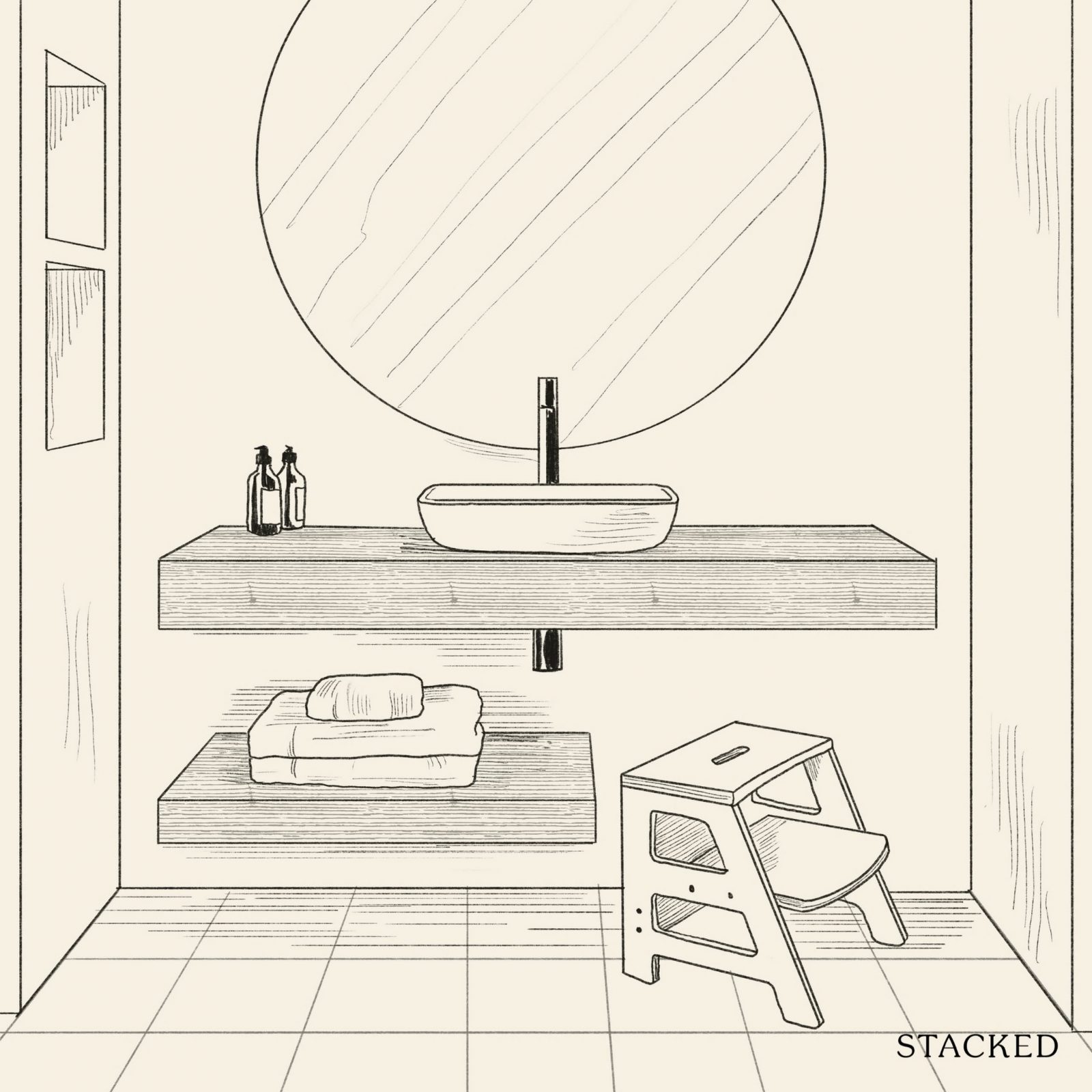
Traditional basin counters are just a solid cupboard with all the piping, under the sink. But you can go for a “floating” option with space underneath, where you then have room for something like a step stool. This can allow your children to better reach the basin, and prevent a potential mess.
You might also want to consider a bigger-than-usual basin counter, because you’re likely to have more toothbrushes and individual toiletries.
10. Avoid hard, sharp edges
Try to pick furniture or renovation features with rounded edges, to prevent any of your children running into them. If it isn’t possible, you might want to consider installing rubber caps on the hard edges (there’s also the old-fashioned method of blu-tacking a squashed ping-pong ball onto hard edges, but this looks like a mess).
There may be a bit of aesthetic compromise needed though, as rounded countertops and furniture may not fit every design theme.
Finally, consider the height of the light switches.
One clever move we’ve seen is to place light switches at “child height” in some rooms. This allows your children to turn the lights on and off without having to call for you each time; and it also reduces the risk of falls, when children try to navigate their rooms in the dark.
As a bonus, it’s sometimes also helpful for older folk. Depending on what the height of the switch is, it may also be easier for grandma or grandpa to reach.
If you have renovation questions, or need help on finding the right home for you and your children in Singapore, reach out to us at Stacked. If you’d like to get in touch for a more in-depth consultation, you can do so here.
Have a real estate question, or not sure what your options are? Email us at stories@stackedhomes.com.
Ryan J. Ong
A seasoned content strategist with over 17 years in the real estate and financial journalism sectors, Ryan has built a reputation for transforming complex industry jargon into accessible knowledge. With a track record of writing and editing for leading financial platforms and publications, Ryan's expertise has been recognised across various media outlets. His role as a former content editor for 99.co and a co-host for CNA 938's Open House programme underscores his commitment to providing valuable insights into the property market.Read next from Property Advice

Property Advice Should We Buy An Old 99-Year Leasehold Condo To Live In: Will It’s Value Fall When The Lease Runs Out?

Property Advice We Own A $800K 1-Bedder And A $1.1M 3-Bedder: Is It Possible To Upgrade To A 4-Bedder Condo?
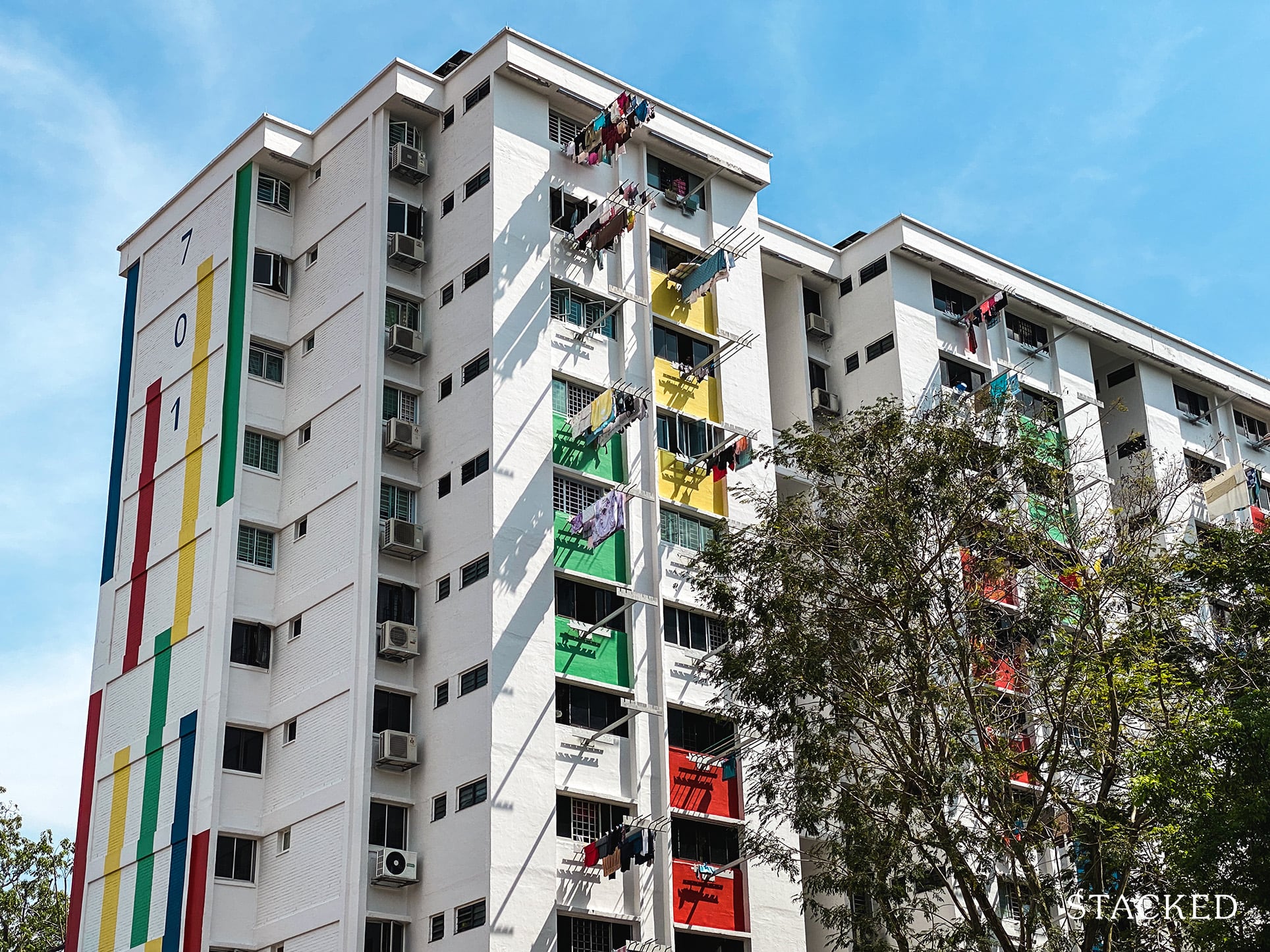
Property Advice I Own A 55-Year-Old HDB Flat, But May Have To Sell — Can I Realistically Buy A Freehold Condo With $700K?
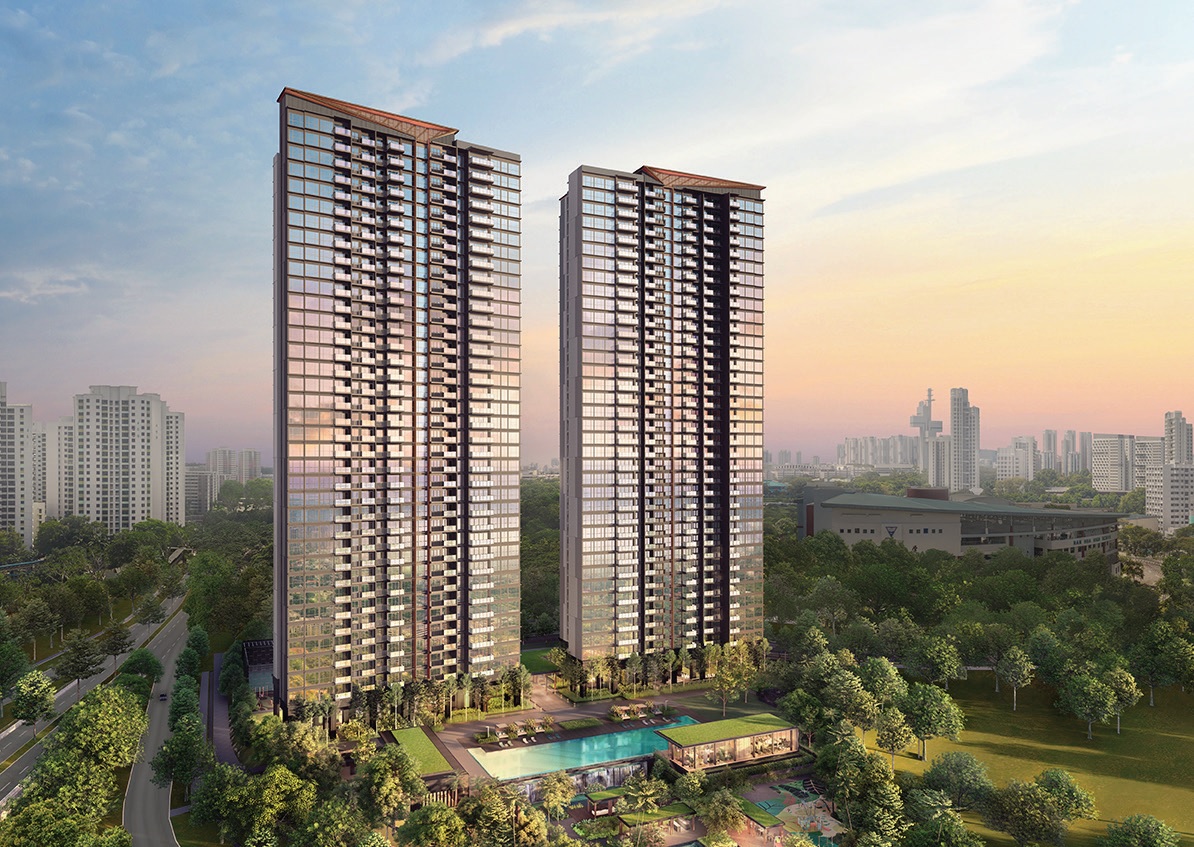
Property Advice We Own A 2-Bedder Condo In Clementi: Should We Decouple To Buy A Resale 3 Bedder Or Sell?
Latest Posts
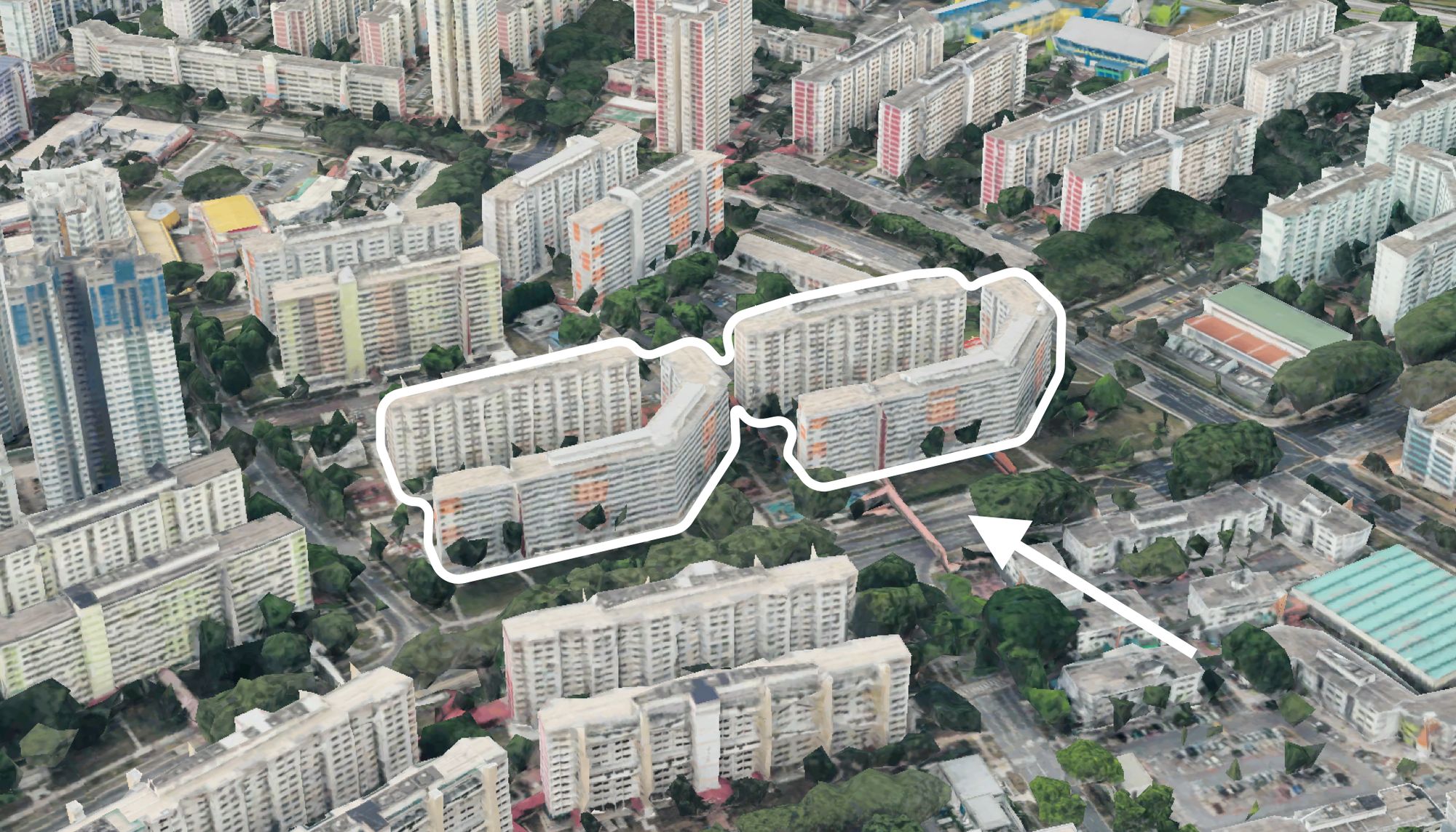
On The Market Here Are The Cheapest 4-Room HDB Flats in Central Singapore You Can Still Buy From $490K
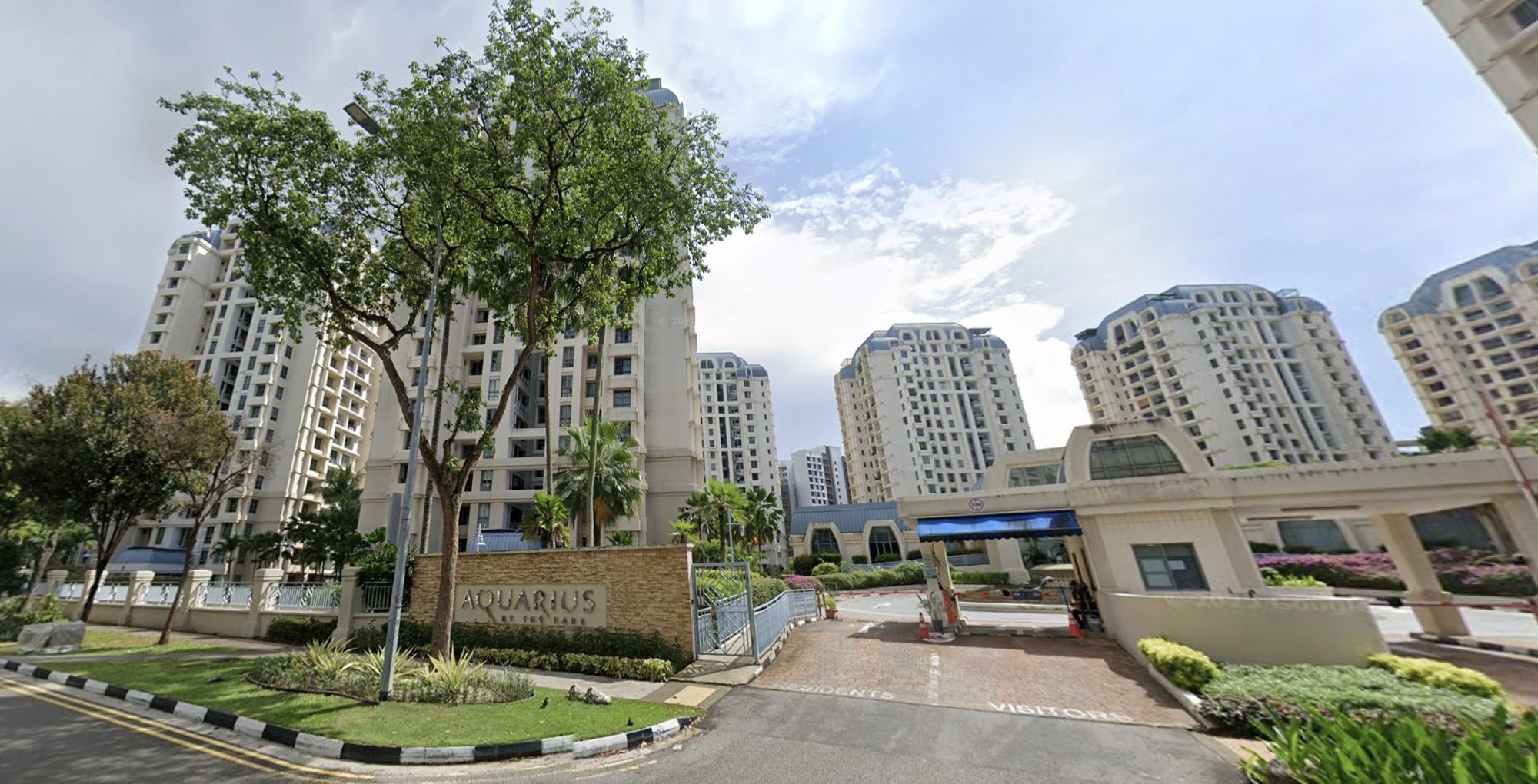
Pro How A Once “Ulu” Condo Launched In 1997 Became A Top Performer
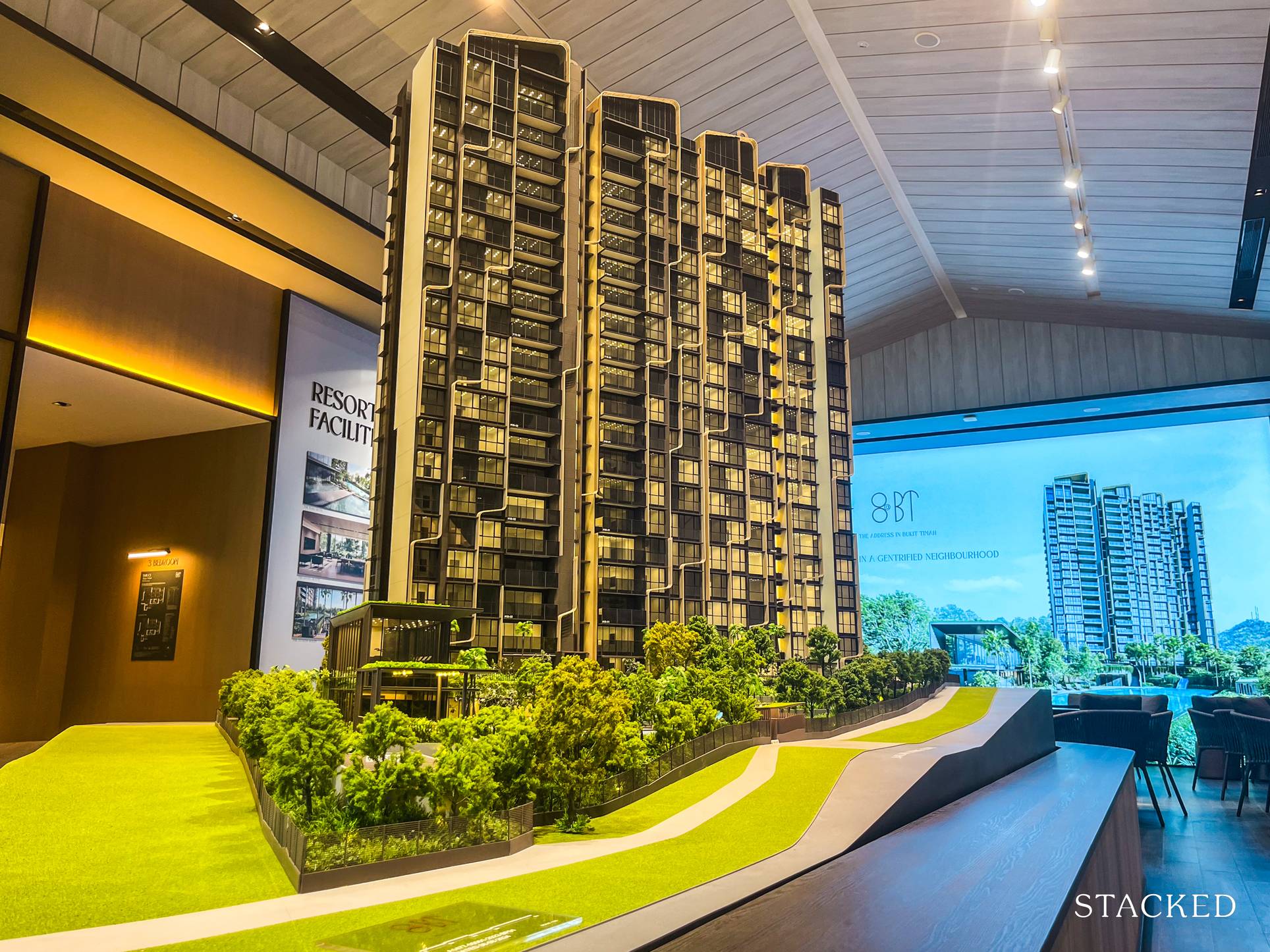
Editor's Pick I Reviewed A New Launch 4-Bedroom Penthouse At Beauty World

Property Market Commentary When Renting In Singapore Is The Smarter Move — And Buying Can Wait
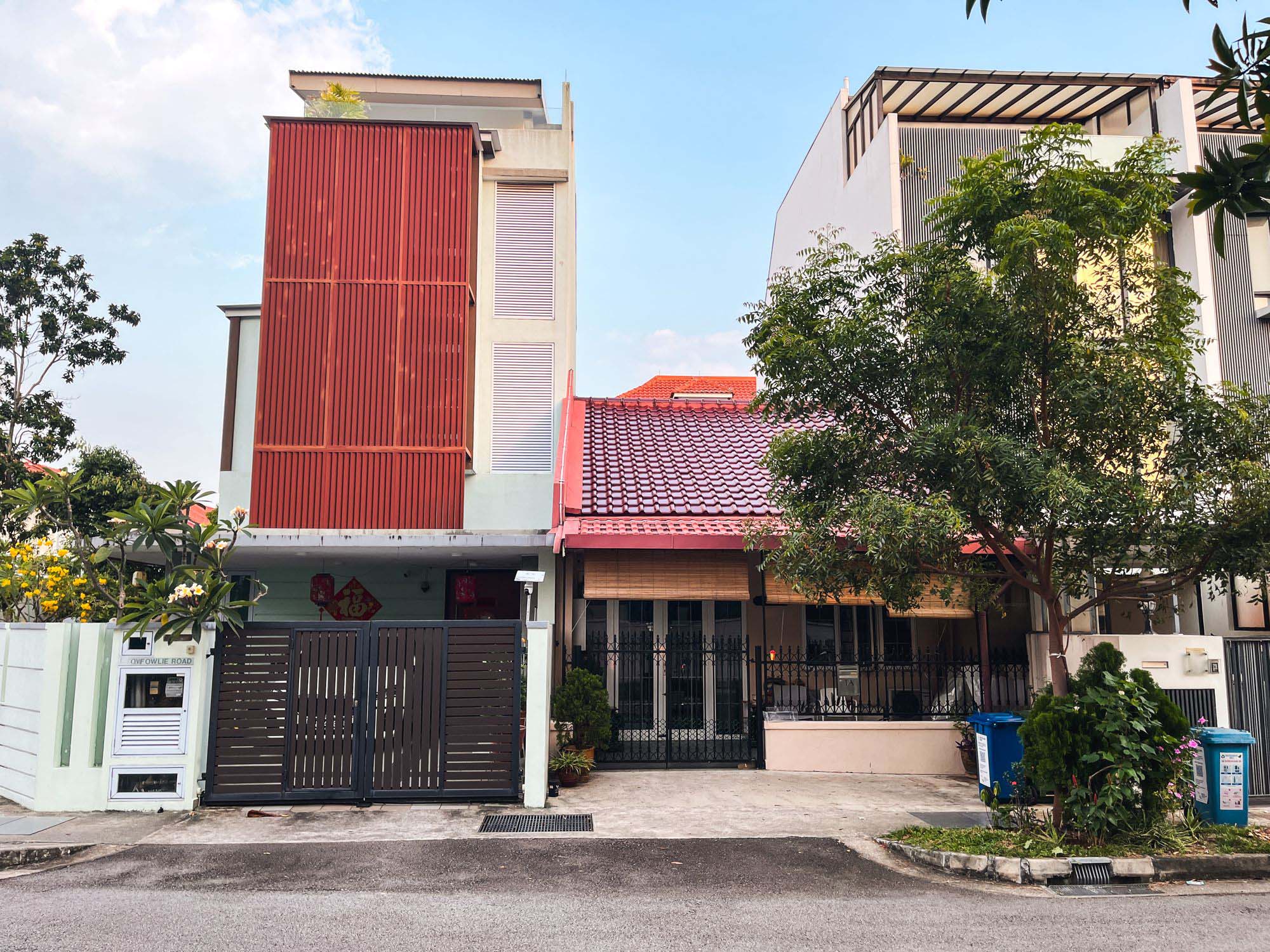
Editor's Pick Why Singaporean Families Are Looking At This Landed Enclave From Around $4M
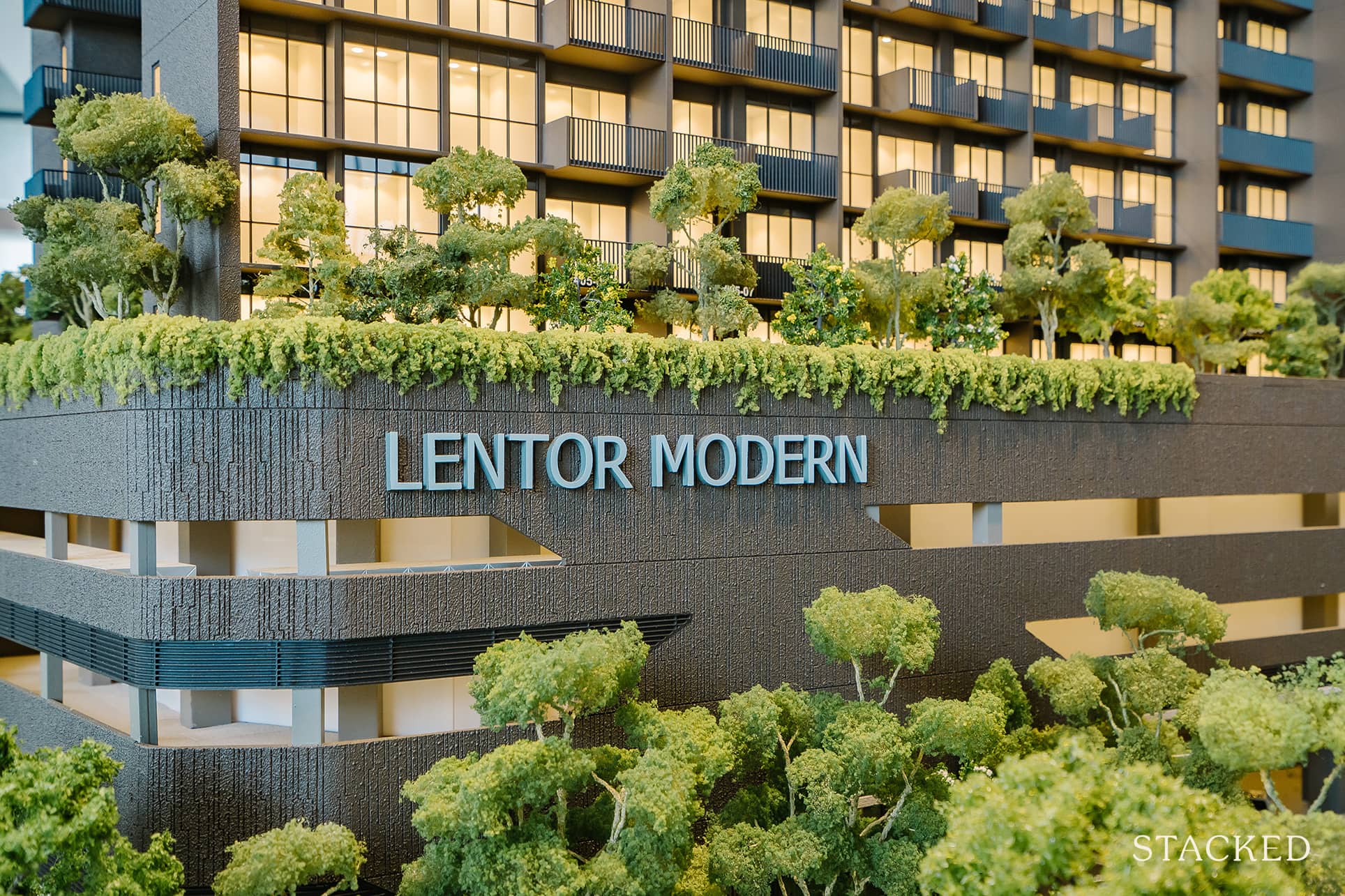
Singapore Property News Lentor’s First Condo Is Complete — The Early Profits May Surprise You

Editor's Pick A Wave Of New HDB Resale Supply Is Coming In 2026: Here’s Where To Find Them
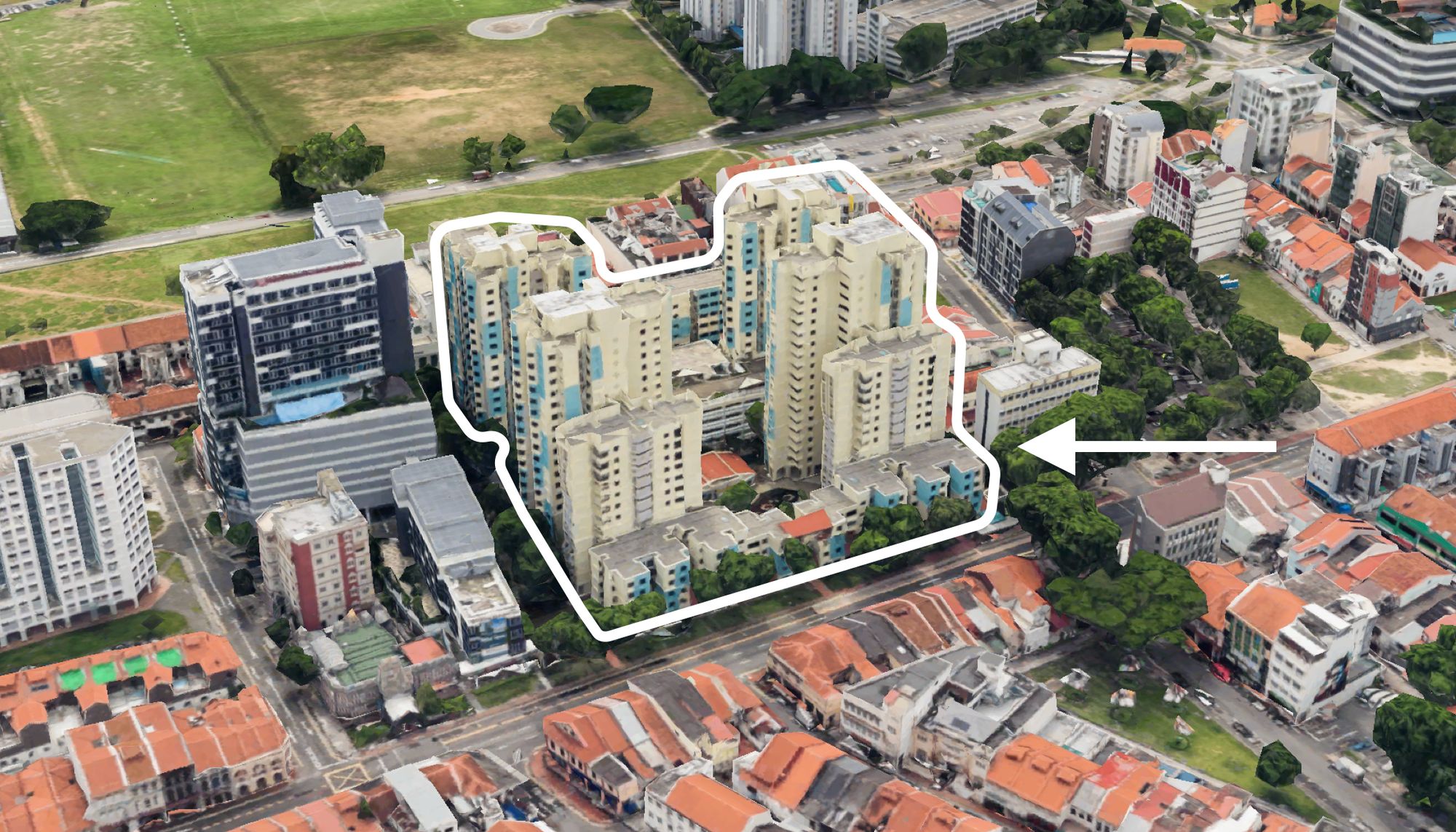
On The Market These Are Some Of The Cheapest 5-Room HDB Flats Left In Central Singapore
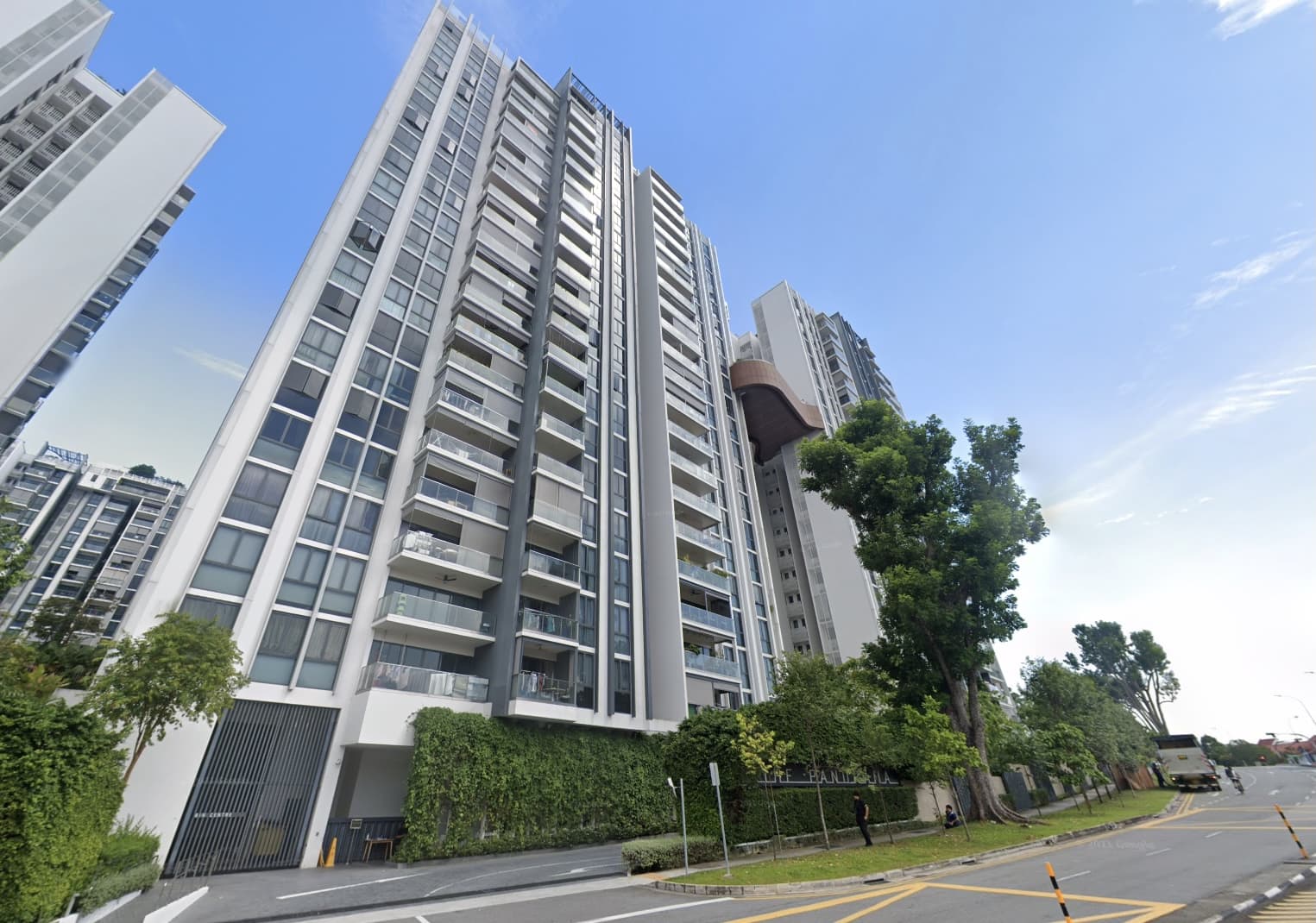
Pro This 698-Unit Ang Mo Kio Condo Launched At The Wrong Time — And Still Outperformed Peers

Singapore Property News $281.2M in Singapore Shophouse Deals in 2H2025 — But That Number Doesn’t Tell the Full Story
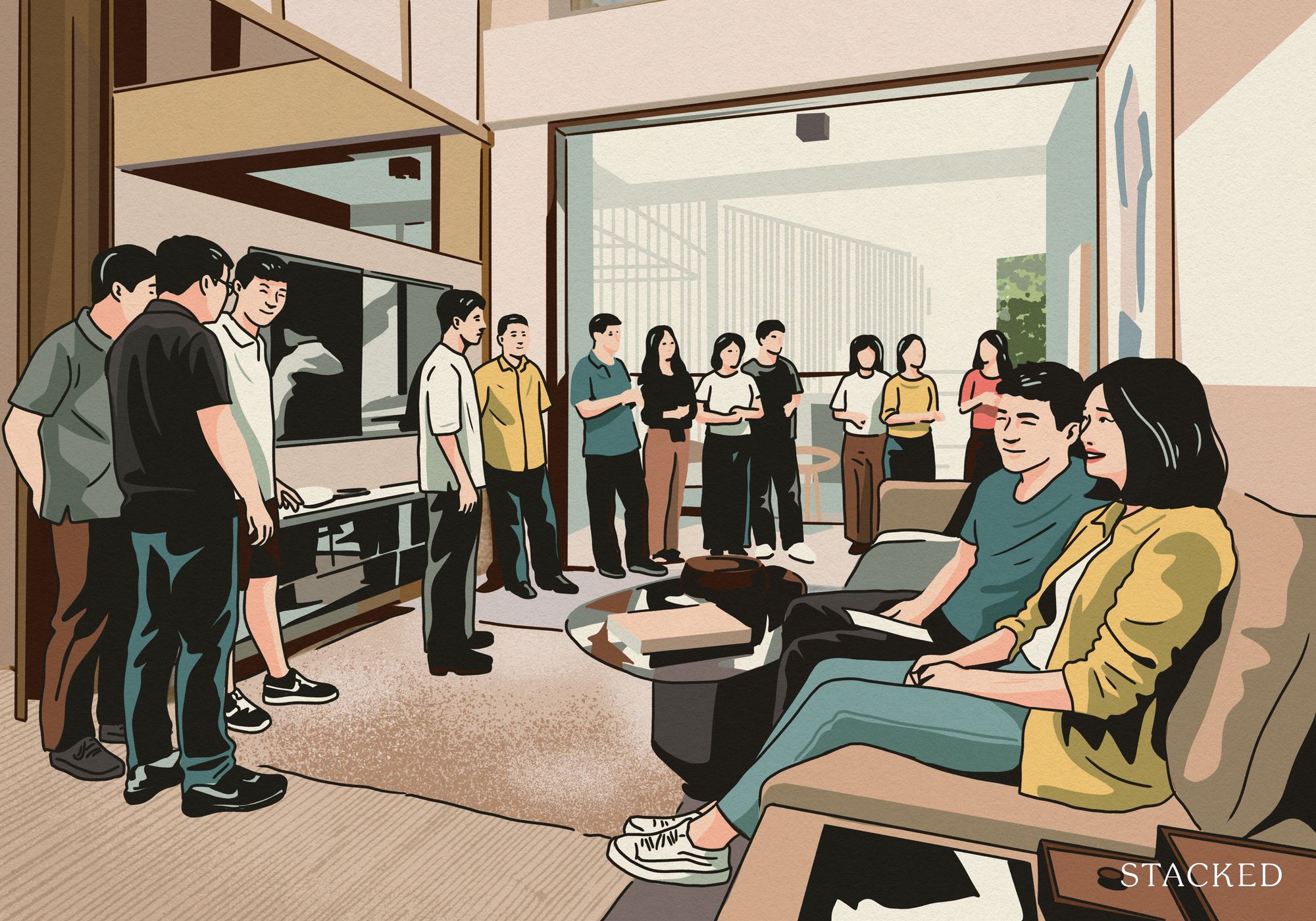
Property Market Commentary 5 Key Features Buyers Should Expect in 2026 New Launch Condos
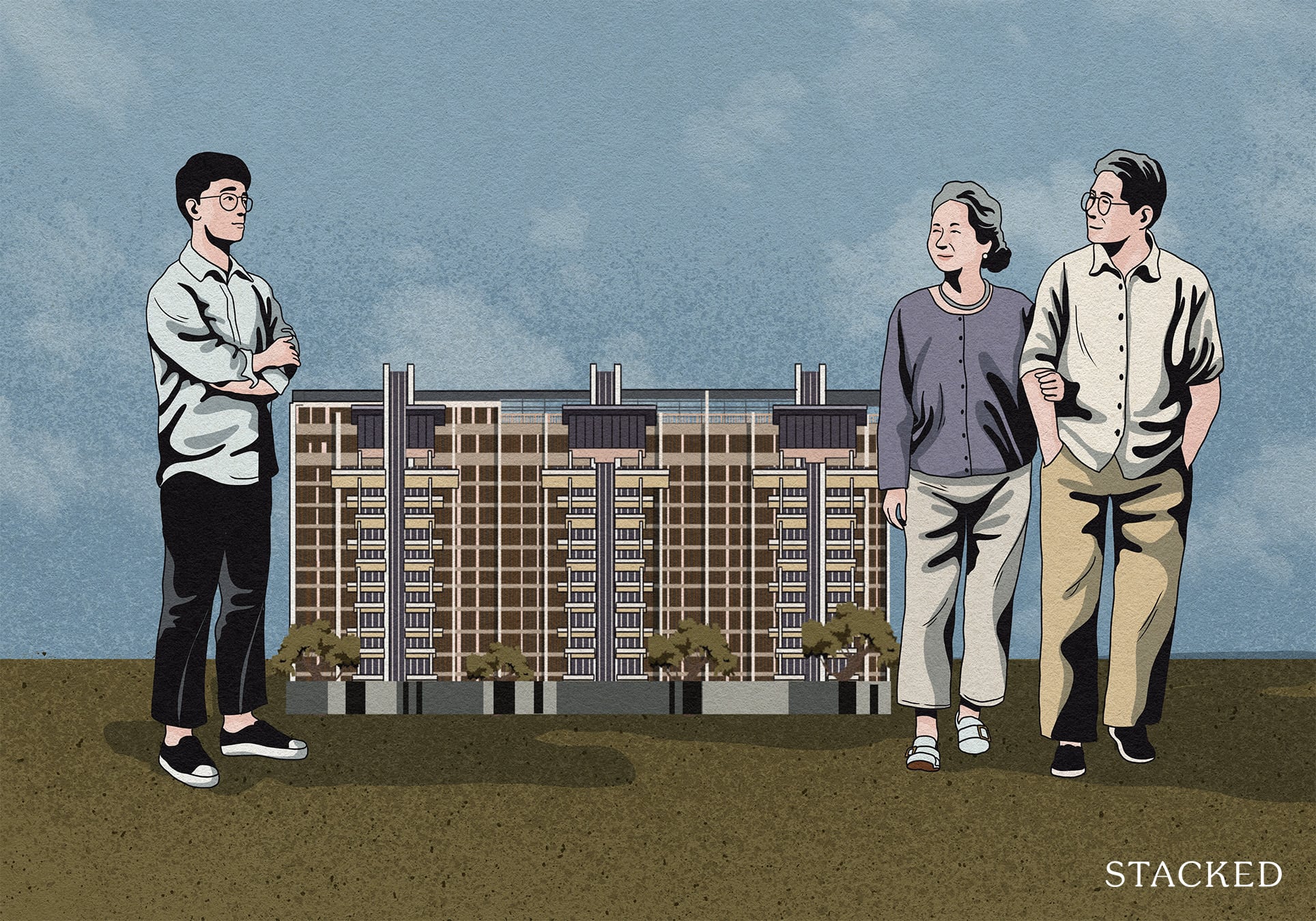
Editor's Pick What “Lucky” Singaporean Homebuyers Used To Get Away With — That You Can’t Today

Property Investment Insights These Resale Condos In Singapore Were The Top Performers In 2025 — And Not All Were Obvious Winners

Singapore Property News CapitaLand–UOL’s $1.5 Billion Hougang Central Bid May Put Future Prices Above $2,500 PSF
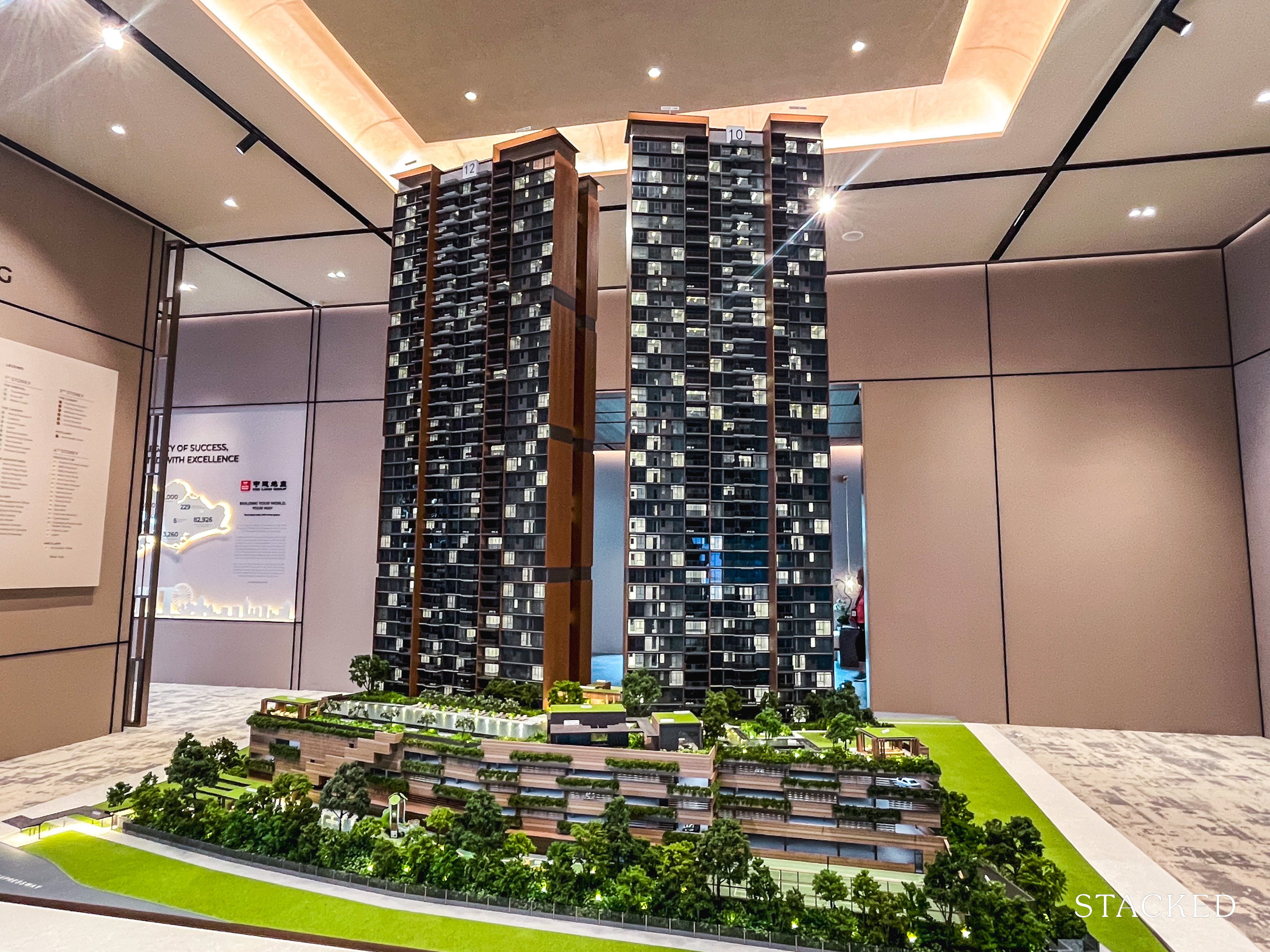
Singapore Property News Why New Condo Sales Fell 87% In November (And Why It’s Not a Red Flag)


